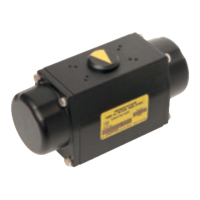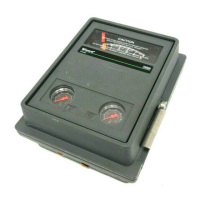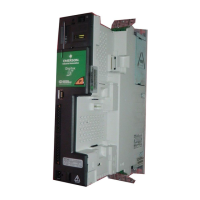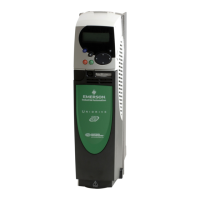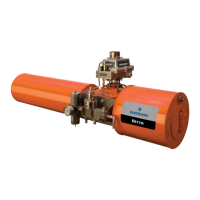Do you have a question about the Emerson Keystone EPI2 63 and is the answer not in the manual?
Specifies the designated applications for Keystone EPI2 electric actuators and user responsibilities.
Details Emerson's warranty and conditions for product validity and non-liability.
Outlines conditions under which Emerson declines liability for product use or modification.
Describes how to identify different versions of the Keystone EPI2 actuators.
Lists the standards and regulations the actuators comply with or must be observed.
Provides an extract from a standard related to hazard zone categories.
Identifies the manufacturer responsible under specific directives.
Provides a general overview of the Keystone EPI2 electric quarter-turn actuator.
Explains the internal mechanism and operation of the electric actuator.
Describes how the actuator responds to electrical open/close commands.
Details the procedure for operating the actuator using the manual override handwheel.
Identifies and describes the primary components of the Keystone EPI2 actuator.
Lists and describes the various optional modules available for the actuator.
Explains the purpose and location of the label indicating installed optional modules.
Outlines essential checks to perform upon receiving the actuator to ensure integrity.
Provides guidelines for proper storage to maintain actuator condition before installation.
Lists critical checks required before proceeding with actuator installation.
Specifies the standard and special environmental temperature ranges for operation.
Details the actuator's drive and flange connection for mounting onto a valve.
Describes the methods for mounting the actuator onto the valve.
Explains manual override operation during installation and setting procedures.
Guides on adjusting mechanical stops for precise valve open/close positions.
Provides instructions and warnings for making correct electrical connections.
Specifies necessary protection devices and electrical considerations for plant installation.
Instructions on how to safely remove the terminal board enclosure.
Guidelines for correctly connecting cables to the actuator terminals.
Illustrates the base wiring configuration for remote and local controls.
Details on sealing and connecting cables through entries for weather/explosion protection.
Critical safety procedures for installing actuators in hazardous environments.
Information on the actuator's lubrication and recommended grease for maintenance.
Instructions on how to access the control unit by removing the cover.
Guides on configuring actuator parameters using local controls and switches.
Procedure to set the actuator's close limit based on valve position.
Steps to configure the close limit using manual operation and switches.
Procedure to set the actuator's open limit based on valve position.
Steps to configure the open limit using manual operation and switches.
Procedure to set the actuator's close limit using torque detection.
Procedure to set the actuator's open limit using torque detection.
Instructions for setting the time it takes for the actuator to close.
Instructions for setting the time it takes for the actuator to open.
Configuration of the torque limiting feature for closing operations.
Configuration of the torque limiting feature for opening operations.
Setting the actuator's direction of rotation for open/close commands.
Procedure to select the correct actuator model based on motor characteristics.
Configuration for Blinker relay or Local Selector monitoring functions.
Configuring the remote control interface for 3-wire or 2-wire systems.
Using PDA/PC software for advanced actuator configuration via Bluetooth.
Details on hardware settings for the monitor relay functions and failures.
Guidelines for routine and special maintenance procedures for the actuator.
Diagnostic procedures for common actuator malfunctions and their solutions.
Troubleshooting steps when the actuator fails to respond to remote commands.
Diagnosing issues related to the motor overheating and failure to start.
Troubleshooting when the motor operates but the valve does not move.
Steps to resolve issues where the valve does not achieve proper seating.
Troubleshooting causes for excessive torque during valve operation.
Diagnosing issues where the actuator fails to stop at end positions.
Interpreting diagnostic LED codes for alarm status and error identification.
Instructions for the proper disposal and recycling of actuator components.
Provides detailed lists and diagrams of actuator components for identification and ordering.
| Category | Controller |
|---|---|
| Manufacturer | Emerson |
| Output Voltage | 24 VDC |
| Protection Class | IP20 |
| Model | EPI2 63 |
